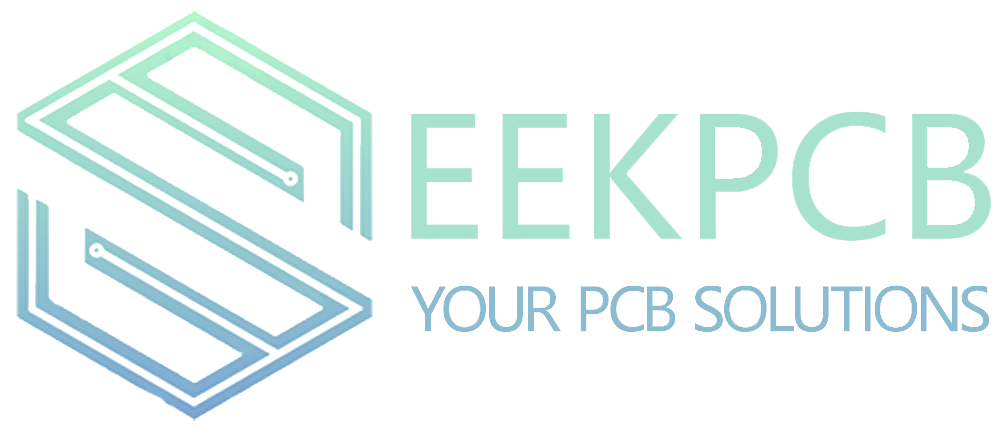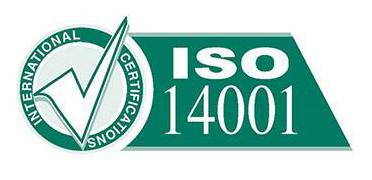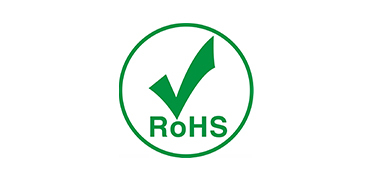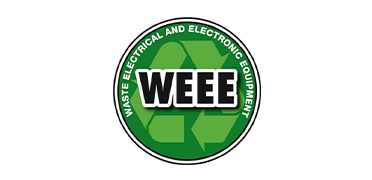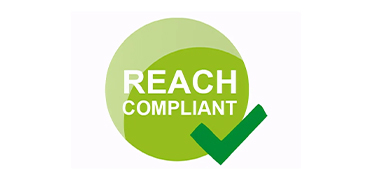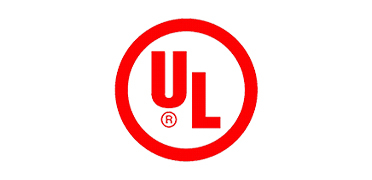Printed Circuit Board Design
Views: 0 Author: Site Editor Publish Time: 2023-12-06 Origin: Site








In the manufacturing process of modern electronic products, PCB board design is a very important link. It can verify the feasibility of the circuit design scheme, and ensure the quality and reliability of the circuit board in the actual manufacturing process. SeekPCB can provide pcb design services and pcb manufacturing as well.
It is necessary to pay attention to a series of processes and precautions to ensure its efficiency and quality in PCB design.
PCB design steps
When making printed circuit board design, the following steps need to be followed.
1. Schematic design and validation
Before PCB design, schematic design and verification are required. Through the design and verification of the schematic, the function and connection relationship of the various parts on the PCB board can be determined, and problems can be avoided in the subsequent PCB layout process.
2. PCB layout design
Secondly, the PCB layout design is required. The purpose of this step is to place the various components of the circuit onto the PCB board and arrange their positions. In the PCB layout design, we should pay attention to the compactness of the layout and the distance between components and other factors.
3. Connection circuit design
Thirdly, it is also necessary to design the connection circuit. This step is to draw the connection circuits between different components and adjust them according to the actual situation. It is necessary to pay attention to the selection of parameters such as the width and gap of the circuit to ensure the stability and reliability of the circuit.
PCB manufacturing steps
In addition of the PCB design steps, it is also necessary to carry out the PCB manufacturing steps. It usually includes the following steps:
1. PCB drawing conversion
First of all, it is necessary to convert the PCB design drawings into the required format. This step can be done automatically by software or manually.
2. PCB manufacturing
Secondly, PCB manufacturing is required. This includes coating the photosensitive adhesive on the PCB board, exposure and development, etching copper foil and other steps. In PCB manufacturing, it is necessary to consider factors such as PCB board thickness, copper thickness, and the flatness of the PCB surface.
3. Component installation and welding
Thirdly, the components need to be installed on the PCB board and welded. When installing and welding components, comply with relevant standards and specifications, such as IPC-A-610.
4. Inspect and test the feasibility of PCB board
Finally, the PCB board needs to be inspected and tested. It is to confirm that the circuit connection on the PCB board is correct and to evaluate its performance and reliability. If there are errors or problems, adjustments and corrections need to be made and tested again until the requirements are met.
Precautions after PCB design
1. PCB quality and reliability inspection
After the PCB design is completed, it is necessary to carry out strict quality inspection and reliability testing on the PCB board. This includes using a multimeter to test circuit connectivity, short and open circuit issues, and to assess the overall quality and reliability of the PCB board.
2. Packaging and welding of components
In the packaging and welding of components, the corresponding standards and specifications need to be followed. For example, it is necessary to pay attention to the selection of parameters such as welding temperature, time and pressure, as well as factors such as the location and direction of components.
3. PCB storage and transportation
After the PCB design and manufacturing is completed, it is necessary to pay attention to the storage and transportation of the PCB board. It needs to be placed in a dry, dust-free, anti-static environment to avoid being beaten and squeezed.
4. PCB manufacturer’s requirements
Different PCB manufacturers may have different requirements and standards, which need to be adjusted and confirmed according to the actual situation.
5. Continuously optimize and improve the PCB design step
By summarizing experience and lessons, reflection and improvement, the efficiency and quality of PCB design can be improved.
PCB design optimization skills
PCB design is a crucial part of the manufacturing process of electronic products, it needs to pay attention to the following points:
1. Use the right PCB design software
Choosing the right software can improve the efficiency and quality of PCB design. Different PCB design software has different advantages and disadvantages, and needs to be selected according to actual needs. For example, SeekPCB commonly use Altium Designer, Eagle PCB, PADS and other software.
2. Determine the number of layers and size of the board
Before PCB design, it is necessary to determine the number and size of the board, it will help you make better decisions during subsequent layout and circuit.
3. Arrange components and circuit
When designing the PCB layout, it is necessary to pay attention to the selection of parameters such as compactness, distance between components and circuit width and gap. These factors will directly affect the performance and reliability of the PCB board.
4. Optimize pads and holes
Pads and holes are an important part of soldering components on PCB boards and need to be optimized. The quality and reliability of welding can be improved by adjusting factors such as the size and position of pads and holes.
5. Comply with relevant standards and specifications
When making PCB design, it is necessary to follow the corresponding standards and specifications, such as IPC-A-610. It includes the selection of parameters such as component packaging, welding temperature and time, circuit width and voids, which can ensure the quality and reliability of PCB design.
6. Rigorous inspection and testing
Strict inspection and testing is needed to confirm if the circuit connection on the PCB board is correct, and evaluate its performance and reliability and other indicators. If there are errors or problems, adjustments and corrections need to be made and tested again until the requirements are met.
+86-18925293263
